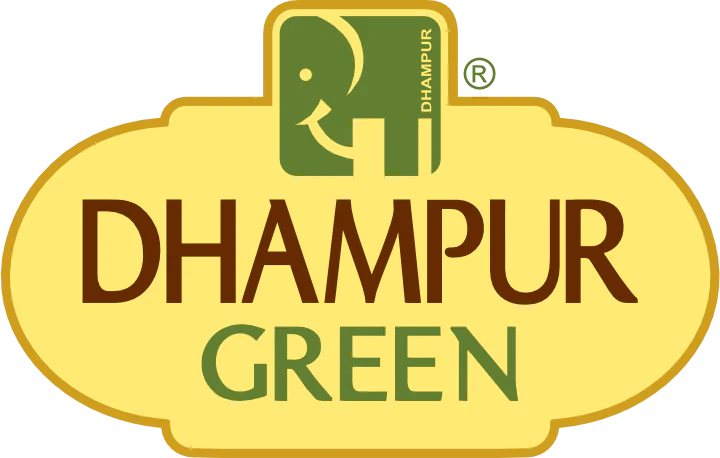Buy your weekday smoothies and get your weekend ones for free. (7 for the price of 5!)

Is sugarcane only a villian?
“Don’t cut trees”, is what I’ve heard ever since I was a child. “Use less paper", “Don’t waste paper”, is what I find myself telling everyone in office, all the time, and this isn’t even over-rated.
Thanks to the e-revolution, normal snail mail is replaced by email and technology has certainly reduced our dependence on paper. Ironically enough, we, the generation ’Z’, have started using more plastic bottles, and plastic-ware in the kitchen. Some sane minds have started paper straws and disposable paper-ware boxes for food. Albeit, it is still paper! Still not eco-friendly enough. We talk about being eco-friendly, but are we really that eco-friendly- mentally and ‘in-action’?
I incidentally read about making ‘paper’ without cutting trees and without using wood! This was with a waste product which otherwise may be disposed of by treating it as garbage: dumping or burning it, causing extra pollution to enter the atmosphere.
This paper comes from a grass, actually waste of a grass- yes- you heard it right!
The grass is called ‘Sugarcane’!
Recyclable…. Eco-friendly…. and biodegradable.
A tree rakes 7-10 years to become mature. Sugarcane reproduces in cycles of less than one year! Implying that in the 10 years that a tree would have taken to mature, sugarcane already generated enough paper equivalent to two decades of paper by the tree. That too at the cost of cutting trees, and doing so much harm to the environment and we humans that depend on it!
Sugarcane paper is more eco-friendly to produce than wood-pulp paper. It also biodegrades faster and returns nutrients to the soil. These qualities make it an excellent choice for using to produce compostable packaging and labels.
So what is it sugarcane paper made of? Well, it is made of a waste product called ‘Bagasse’. Bagasse is the dry pulpy residue left after the juices and sugars are extracted from the sugarcane plant. In many countries, it is used for generating power and even as a biofuel. These are indeed eco-friendly solutions as well. However, with the amount of sugarcane that’s grown all over the world, the world’s paper need can be met easily with sugarcane paper. For every 10 tonnes of sugarcane crushed, a factory produces nearly 3 tonnes of wet bagasse. Moreso, there is a lot of waste fibre that remains in the field after harvesting. That could be used too!
Deforestation accounts for 20% of all greenhouse gas emissions worldwide. By using sugarcane paper in place of chopping trees, we can certainly positively impact pollution levels whilst also conserving forest ecosystems. Covid has highlighted world lung health at large and cutting trees certainly has a lot to do with a downfall in global lung wellness.
Everything has a positive side to it. Sugar has always been called the bad guy. Its time that we see its good features as well. Nothing is bad if done in moderation, even eating those super-awesome desserts! Just make them with jaggery or molasses, or khandsari or brown sugar.....why use refined?
Just think of the number of livelihoods you will support when you eat jaggery, made by a sugarcane farmer? Stay healthy and stay aware!
